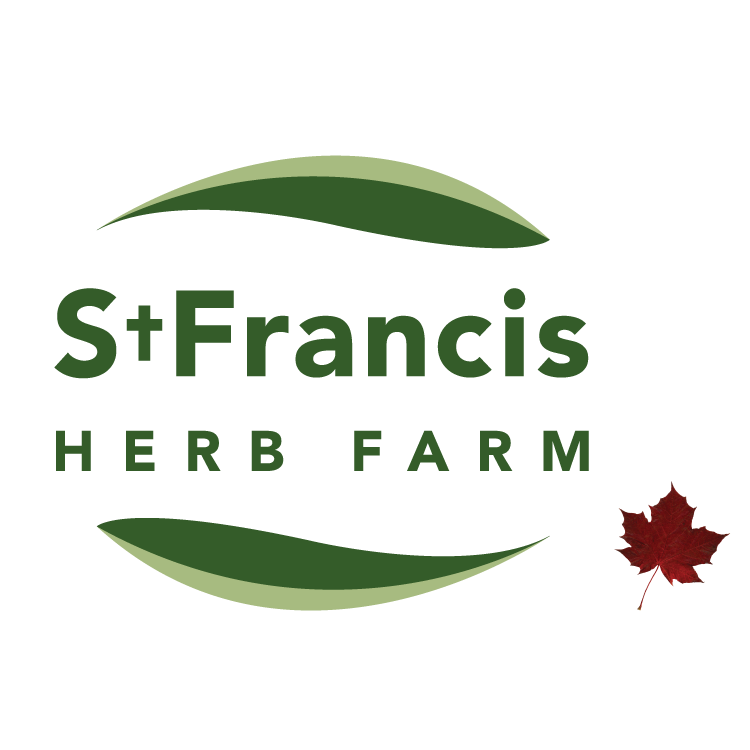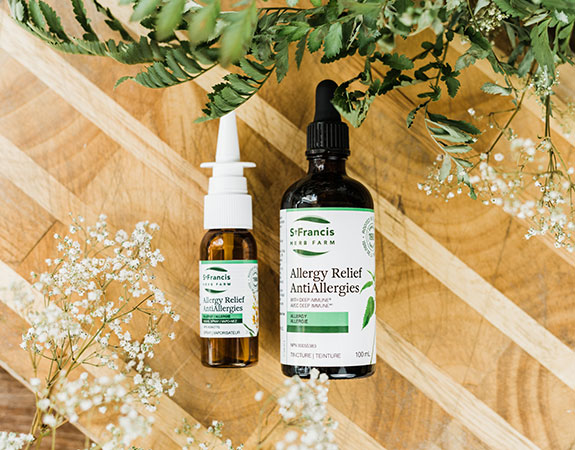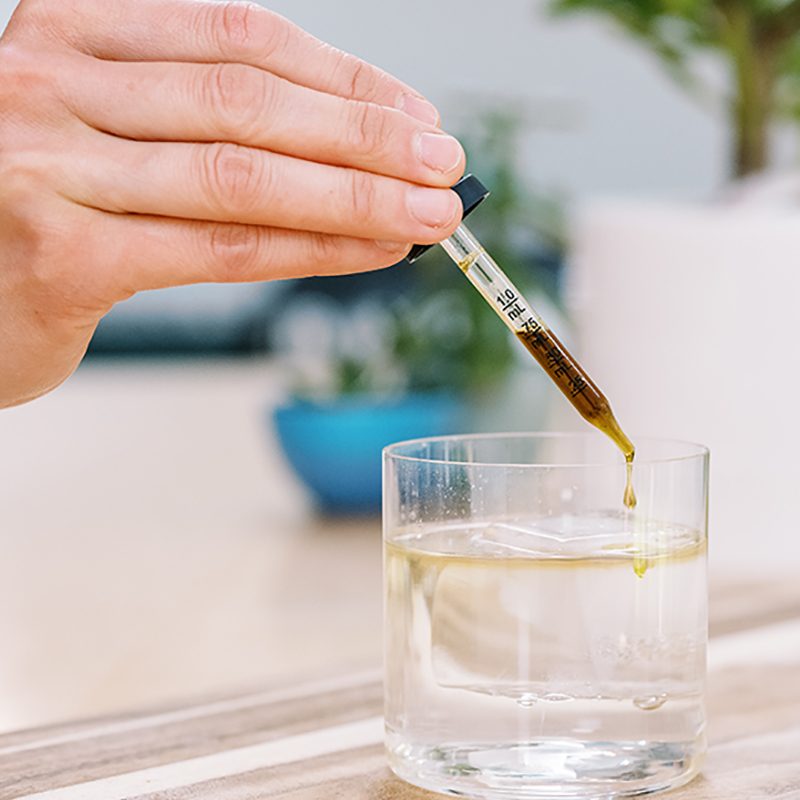Press the play button to listen to the audio recording of this blog post.
Not all plant medicine is created equal. And how it is made has a big impact on quality.
Unlike pharmaceutical drugs that are made of lifeless, synthetic chemicals, herbal medicine is made from real plants, full of life and vitality.
If you use herbs in the kitchen, you already know that you can’t treat them all in the same way. You wouldn’t use raw bay leaves in a pasta sauce – their pungent flavour deepens when cooked. But you may sprinkle cooked pasta with raw parsley. Cooking would reduce its spicy bite.
Similarly, making high quality plant medicine means treating each herb as a unique individual. Read on to learn how we combine traditional knowledge with modern science to get the highest quality medicine out of each herb.
Understanding Each Plant Part
Plants and animals may not be as different as you think. In both animal and plant bodies, each part has a specific function.
This function impacts which nutrients, vitamins, and minerals that part contains. In mammals for example, the liver stores extra iron. That’s why beef liver is such a rich iron source.
Similarly, different plant parts can contain different medicinal constituents. But the same part in different plants can have different medicinal benefits. Let’s see how this works by looking at elder, licorice and ginger.
Different Parts of the Same Plant
Renowned herbalist David Hoffman describes the elder tree as “a veritable medicine chest” for good reason.
Elder bark can induce vomiting in cases of poisoning. Fresh elder leaves can be made into an ointment that heals bruises, sprains, and wounds. But that’s not all that the elder tree has to offer.
Elder flowers are rich in flavonoids. These potent antioxidants can effectively reduce seasonal allergies and nip colds in the bud, when they start with symptoms like a runny nose, sneezing and head congestion. That’s why we use it in our Sinafect formula.
Elder berries are rich in anthocyanins. This accounts for their glorious purple colour, and helps the body fight off viruses. In fact, their powerful antioxidants are specific to common colds and viruses. That’s why we use it in our Elderberry Cough Syrup.
The Same Parts in Different Plants
Unlike animals, plants can’t move when they need to find food or water. Or can they?
Plant movement looks a little different than animal movement. Where we move our entire bodies from one place to another, plants seemingly stay in one place. But their leaves and roots are constantly making small, slow movements to seek out food and water.
Roots anchor plants to the soil so they are not blown away by wind. Underground, roots move around to seek out water and nutrients from the soil. When leaves take in sunlight and transform them into food, these rich sugars are stored in the roots. That’s why edible roots like potatoes, carrots and beets have an earthy sweetness.
In other words, roots have the same function in all plants. But their medicinal properties vary greatly from one plant to another.
The roots of the ginger plant are rich in essential oils, and effectively increase circulation, improve digestion, and bring down fevers. But the roots of the licorice plant contain glycosides, and can help balance hormones, ease coughs, and soothe stomach pain.
Should Herbs be Used Fresh or Dry?
The fresh vs. dry question is a subject of passionate debate amongst herbalists. The truth is, there is no one-size-fits-all approach. And the science is evolving.
Take the classic immune herb, Echinacea. Scientific research has shown that using two specific kinds of Echinacea together, has a more powerful virus and bacteria-fighting effect than using either one on its own. A combination of research and traditional use points to different processing techniques. Where Echinacea purpurea roots and leaves are best used fresh, Echinacea angustifolia roots are most potent when dry. We used this knowledge to craft our EchinAce formula.
Traditional herbal literature favours using fresh dandelion leaves and roots. We partnered with the University of Ottawa to test this theory. We got freshly harvested dandelion herb from one of our trusted farmers in West Quebec. Within 24 hours of harvesting, we put the whole plant through a giant juicer, then added alcohol and water to make a tincture. Our testing continues, to confirm whether fresh dandelion is indeed better than dry.
Why Effective Plant Medicine Isn’t Just About One Ingredient
A violin solo is a thing of beauty. But what happens when a violinist is backed by a full orchestra? Each instrument adds its unique voice, creating a richer experience.
With their single ingredients, ultra standardized herbs (take ginkgo biloba extract, as an example) are like violin soloists. Whereas whole herb extracts, with their full spectrum of constituents, are like the full orchestra. All plant constituents act in harmony, creating a powerful medicine that is more than the sum of its parts.
Unfortunately, much scientific research on herbs focusses on a single, standardized ingredient. This means that the herbs are extracted to get a guaranteed percentage of certain constituents. This doesn’t make the herbal product better – just more consistent. And when scientists need to compare ‘apples to apples’, standardized herbs win out every time.
In clinical trials for example, the herb St. John’s Wort has been standardized for the constituent hypericin. But our observations show that hypericin is not the only constituent that impacts how well St. John’s Wort works.
Money is also a factor. Some herbal companies make their own standardized, proprietary ingredients because they can be patented for profit. One reason that elder berries are studied more than elder flowers, is because berries produce more medicine. Researching the flowers may prove too expensive for many scientists, and fall off the herbal research agenda.
Our collaboration with the University of Ottawa takes a much different approach. Mass spectrometry assay testing doesn’t look for a single ingredient. Instead, it gives us a broad perspective of all the constituents in the whole herb.
4 Ways We Ensure High Quality Plant Medicine
But our quest for quality doesn’t end there. We do strict testing, collaborate with the right partners, and know how to get the most potent medicine from each herb.
#1: Rigorous Herb Testing
At the grocery store, you may smell, touch and closely examine fruits and veggies to pick the best ones. As St. Francis Herb Farm President & CEO, Paul Rivett-Carnac learned from his parents, it’s the same with herbs. By forming close relationships with herbal suppliers, they learned that there are huge differences between different grades of herbs. And that an organoleptic approach (using all your senses) is the best way to assess herb quality. Although our herbal suppliers provide their own test results and certifications, we go the extra mile by doing our own rigorous testing.
#2: The Right Extraction Process for the Right Herb
By combining tradition and modern research, we know that the extraction process has to fit each unique herb. When making tinctures for example, some herbs need more alcohol than others to draw out their medicinal ingredients.
Our work with the University of Ottawa, University of Alberta, and other collaborators allows us to tailor our extraction processes, to stay true to the original plant. The only difference between an unprocessed herb and an herbal extract, is the concentration of medicinal ingredients. Concentrated herbal extracts reduce the number of capsules you have to take. This boosts convenience and makes it easier to stick with herbal medicine. That’s why we continue to research the best way to make herbal extracts, without losing any of the powerful constituents.
#3: Partnerships with Trusted Herb Suppliers
When it comes to choosing our herb suppliers, it’s not about the cheapest price. It’s about building trust. We’ve been working with some of our suppliers for over 20 years. We’ve been to their farms to see their herb crops firsthand and learn how they do things.
We work hard to ensure that their herbs meet our high standards. We only accept herbs that have been recently harvested and are dried without being baked. By investing in long-term supplier relationships, they come to understand what we really want.
#4: Certified Organic is Better for People and Planet
How herbs are grown directly impacts the quality of the medicine they produce. Certified organic herbs contain no harmful pesticides, herbicides or GMOs. But its not all about human health. Organic growing methods also improve soil health, boost plant and animal biodiversity and keep toxins out of the environment.
That’s why our farm was certified organic 40 years ago. Plus – we work with organic herb farmers across Canada. Learn more about why we love organic herbs in our blog Why Organic Herbs Mean Higher Quality Medicine.
At St. Francis Herb Farm, we are lifelong students of herbalism. We acknowledge that we don’t know everything, and constantly strive to learn more. We deal with 130 different herbs, and know each of them intimately. That’s what makes our Holistic Herb Approach the foundation of well-made plant medicine.
Read more from our Plant Medicine 101 Series
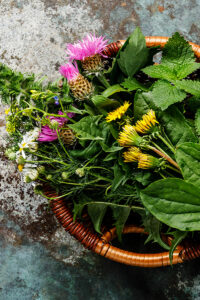
Single-Herb Medicines vs. Multi-Herb Formulas
Press the play button to listen to the audio recording of this blog post. Are multi-herb formulas better than single-herb medicines? Sometimes, one herb is
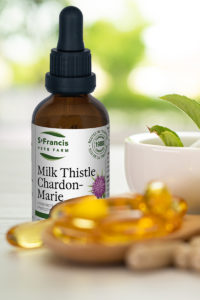
Can You Take Herbs with Supplements and Medication?
Press the play button to listen to the audio recording of this blog post. Are concerns about supplements and medication interactions preventing you from trying
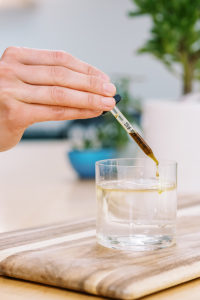
Does it Matter How Plant Medicine is Made?
Press the play button to listen to the audio recording of this blog post. Not all plant medicine is created equal. And how it is
